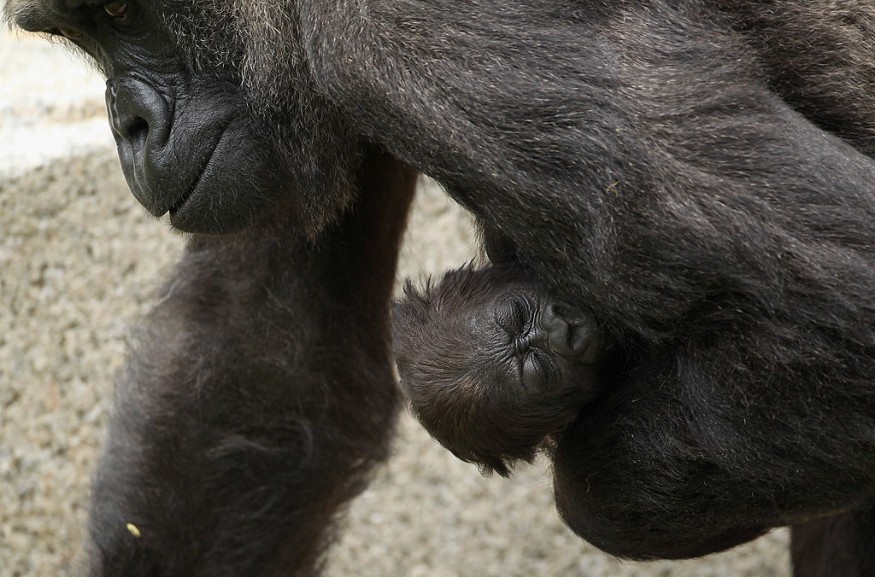The famed Virunga National Park in the Democratic Republic of Congo is home to many endangered species, including the lowland gorilla. The park's management recently announced that the population of a lowland gorilla has now reached seven following a recent birth discovered by rangers while on patrol in the Tshiaberimu area last week.
Conservationists, such as wildlife rangers, are working hard to safeguard the vulnerable population of endangered species in the long-sought world heritage site that has been disturbed by violence and instability that plagued Congo's eastern provinces in the last 25 years.

Virunga's First Gorilla Birth in 2022
Park officials were proud to announce that the recent addition to its lowland gorilla population is the first gorilla birth this year. Phys.org reported that the global population of lowland gorillas has decreased in the past years from around 17,000 to less than 6,000 today. More so, their number continues to dwindle by about 5% every year due to illegal hunting for their bushmeat.
In 2021, Virunga National Park welcomed 17 newborn mountain gorillas, a close relative of the lowland gorilla. The park covers around 3,000 square miles (7,800 square kilometers) of Goma's capital, the North Kivu province, near Rwanda and Uganda.
It has been almost 100 years since the Virunga National Park was inaugurated in 1925, the oldest nature reserve park in Africa. Since then, it has served as a sanctuary for the rare mountain gorillas seen in neighboring countries of Rwanda and Uganda. Although, it also became a hideout for armed groups in the eastern Dominican Republic of Congo for 25 years.
Threats to Eastern Lowland Gorilla
The violence between armed groups in the Democratic Republic of Congo has threatened the populations of Eastern lowland gorillas, Scientific American reported. Today, less than 5,000 Eastern lowland gorillas are estimated to remain in DRC due to habitat loss, hunting, war, and violence that pushed them over the edge.
When militias set up training grounds in the park, which serves as home to the gorillas, conservation work also became impractical as park rangers, game wardens, and wildlife researchers fled their area or were removed at gunpoint.
Furthermore, the civilian population also hunts the so-called bushmeat of the gorillas, cuts down the forest for firewood, charcoal, and makes agricultural plots to make ends meet. Since over 90% of the country's population practices subsistence agriculture, many gorilla habitats also were converted to farms.
But conservation groups, such as the Worldwide Fund for Nature (WWF), the Wildlife Conservation Society (WCS), and other groups, are working to reinstate regular monitoring and effective surveillance in the remaining Eastern lowland gorilla population, especially in sites where armed factions proliferated.
Wildlife conservationists said that the last reliable data on the population size of lowland gorillas were recorded in 1995. Sadly, they suspect that the number could have shrunk in the past decades. They aim to employ intelligent and effective approaches to the conservation of not only the lowland gorillas but also of other species in the area as well.
RELATED ARTICLE: Chimpanzees Involve in 'Lethal Attacks' Against Gorillas, Seen for the First Time
Check out more news and information on Gorillas in Science Times.










